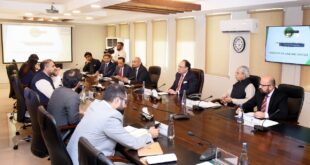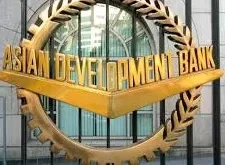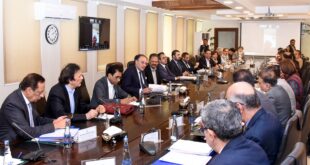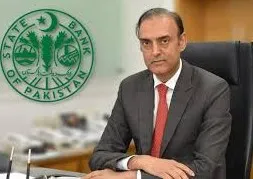
Governor of the State Bank of Pakistan, Jameel Ahmad Khan, stated that the disbursement of the next tranche of the IMF loan may face delays due to the ongoing two-week Spring Meetings of the International Monetary Fund (IMF) in Washington.
Addressing an event held in connection with Pakistan Financial Literacy Week, the Governor highlighted that several activities will be organized during the week to promote financial inclusion. These initiatives aim to spread awareness about financial services and empower citizens. He emphasized that financial literacy is being prioritized globally, with many countries making significant investments in financial education to strengthen their economies.
He further noted that Pakistan has also taken meaningful steps in this regard, actively promoting financial awareness across society. Since 2015, the percentage of adult bank account holders has increased from 16% to 64%. Under the National Financial Literacy Program, 3.2 million individuals have been trained, with special focus on training teachers in Balochistan.
Jameel Ahmad explained that the banking policy has been reformed to enhance gender balance. Digital methods have been introduced to simplify the account-opening process, and the Raast system has played a crucial role in expanding access to financial services. However, he acknowledged that a significant portion of the population—especially women—still remains outside the formal financial sector, posing a challenge.
He remarked that today marks a historic milestone as the National Financial Literacy Roadmap is being launched. This five-year national plan is expected to play a pivotal role in the advancement of financial literacy. In collaboration with the Ministry of Education, efforts are underway to integrate financial awareness into the national curriculum. The State Bank, he affirmed, is committed to promoting financial literacy while laying the foundation for a financially strong and stable Pakistan.
The Governor added that all stakeholders are contributing to the financial literacy program, including media organizations and educational institutions. Businesses, too, can play a part by introducing financial wellness programs for their employees. The overarching goal of this campaign is to include every Pakistani in the effort to strengthen the national economy by fostering a culture of saving and investment for a better future.
Later, Governor Jameel Ahmad officially inaugurated the National Financial Education Roadmap for 2025 to 2029. Speaking to the media on the occasion, he announced the beginning of Financial Literacy Week in Pakistan. A nationwide campaign will be launched to raise awareness about financial matters, and a Financial Literacy Center will also be established to support this initiative.
He stated that the goal is to increase the financial inclusion rate from the current 64% to 75% by 2028 and to reduce the gender gap in financial access from 34% to 25%. These measures, he said, will help to strengthen the country’s economy.
Commenting on Pakistan’s economic outlook, he mentioned that assessments by the World Bank and IMF are expected soon. The State Bank has projected a GDP growth rate of 3% for the current fiscal year. Although inflation reached a low of 0.7% in March 2025, it is expected to rise in the coming months.
He attributed the limited economic growth to underperformance in the agriculture sector, noting that had the sector performed as it did last year, GDP growth could have reached 4.2%. Despite this, growth is being observed in all major industrial sectors. However, the ongoing IMF Spring Meetings in Washington may delay the release of the upcoming loan tranche.
The Governor credited overseas Pakistani workers for remittances totaling $4.1 billion, and explained that reforms in the foreign exchange system have redirected remittances from informal to legal channels. As a result, the current account is expected to remain in surplus this year, with remittances projected to reach $38 billion, boosting economic activity.
He also pointed out that three years ago, imports were restricted, resulting in lower volumes. However, this year, non-oil imports have increased compared to 2022, with monthly non-oil imports now standing at $3.8 billion. By the end of the year, official reserves are expected to reach $14 billion.
Regarding the impact of U.S. tariffs, the Governor remarked that while there may be some effect on textile exports, falling oil prices will prove beneficial. Overall, the impact of U.S. tariffs on Pakistan’s economy is expected to remain limited.
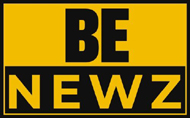 BeNewz
BeNewz

